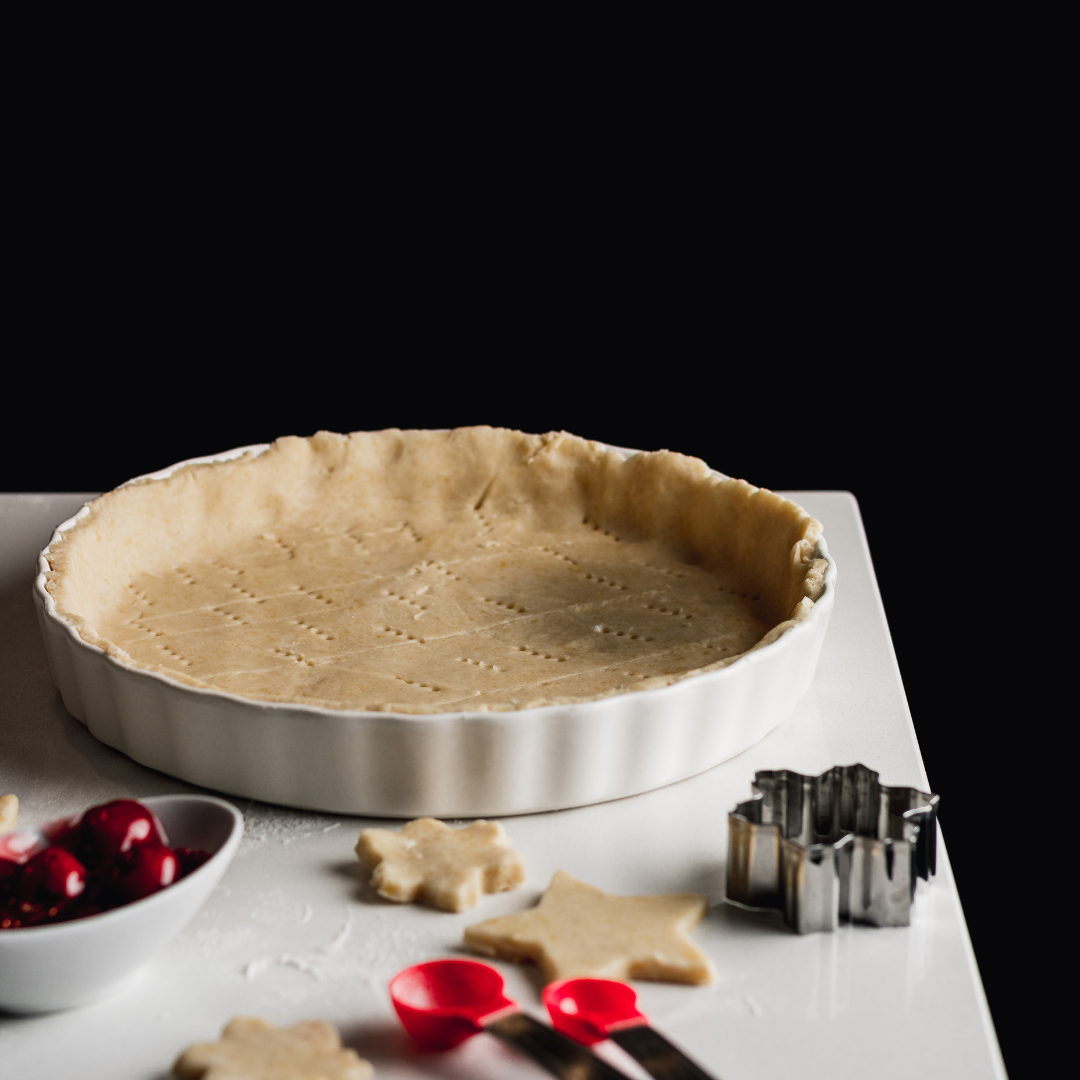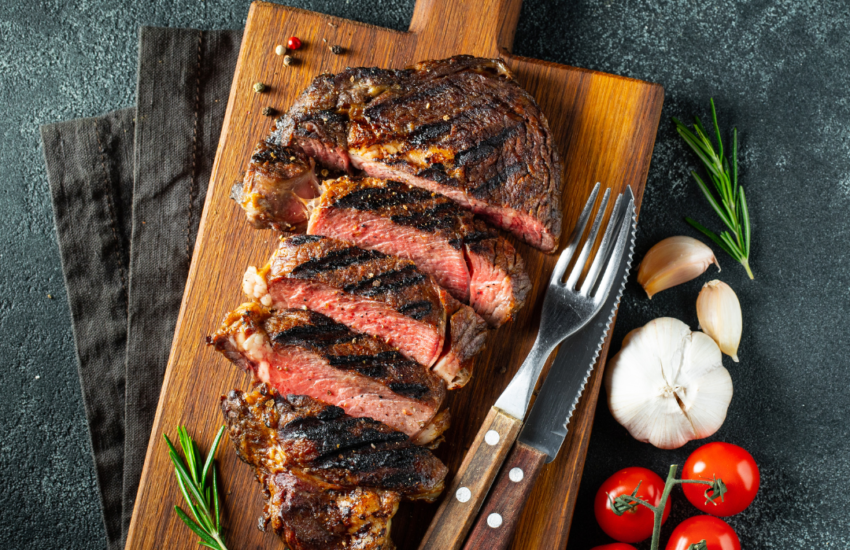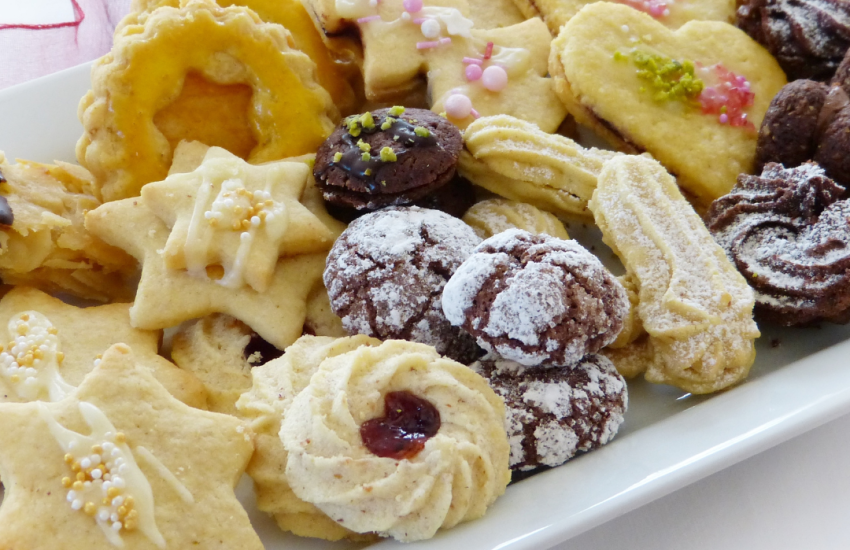Create the Perfect Pie Crust: Essential Tips for Flaky and Delicious Results
Creating the perfect pie crust is a skill that every baker can master with the right techniques and ingredients. Key elements include using cold butter, proper flour selection, and effective mixing methods. Getting these details right makes a significant difference in achieving that desirable flaky texture.
Bakers often overlook the importance of chilling dough before baking, as this helps maintain the crust’s shape during cooking. Knowing when to handle the dough and how to roll it out can elevate a pie from ordinary to exceptional.
With a few tried-and-true tips, anyone can transform their pie crust-making process. The journey to a perfect pie crust begins with understanding these foundational aspects.
Essential Ingredients for a Perfect Pie Crust
Creating a perfect pie crust relies heavily on the right combination of ingredients. Key components include flour, fats, and the appropriate liquid to bind everything together.
Choosing the Right Flour
The type of flour used greatly affects the texture of the crust. All-purpose flour is the most common choice due to its balanced protein content, which helps control gluten formation.
A lower-protein flour, like cake flour, results in a more tender crust but can lack stability. Alternatively, pastry flour allows for a slightly richer flavor and texture while remaining easy to handle.
When measuring flour, it is crucial to use the scoop-and-sweep method or a kitchen scale for accuracy, as too much flour can lead to a tough crust.
The Role of Fats in Pie Crust
Fats contribute to the flakiness and flavor of the crust. Butter is a favorite for its rich taste, but it should be kept cold to prevent excessive melting before baking.
Vegetable shortening offers a tender texture, while lard can provide exceptional flakiness, making it a great option for savory pies.
For balance, many bakers combine butter with one of these alternatives. The key is to cut the fat into the flour until the mixture resembles coarse crumbs, allowing for a flaky consistency.
Balancing with the Liquid Component
The liquid binds the ingredients and activates gluten without making the crust tough. Using ice water is preferred as the cold temperature inhibits gluten formation.
A general rule is to add liquid gradually, just enough to bring the dough together without it becoming sticky.
Kosher salt is often added to enhance flavor and should be dissolved in the water before mixing.
Some bakers opt for adding a splash of vinegar or lemon juice. This can help to create a more tender crust by further inhibiting gluten development.
Pie Crust Techniques and Tips
Mastering pie crust requires attention to detail in dough consistency, rolling, shaping, and pre-baking techniques. Specific practices can significantly enhance the quality of the final crust.
Achieving the Ideal Dough Consistency
To create the perfect pie crust, the dough must have a balance of moisture and fat. Start with cold butter, cut it into small cubes, and mix with all-purpose flour using a pastry blender or a food processor. The goal is to create a mixture that resembles coarse crumbs.
Adding ice-cold water is crucial. Start by adding a tablespoon at a time, mixing until the dough holds together without being sticky. It should feel soft but not wet. For best results, let the dough chill for at least 30 minutes. This resting period allows the glutens to relax, making the dough easier to roll out.
Rolling and Shaping
When rolling out pie crust, it is vital to achieving a thickness of 1/8-inch. Lightly flour the surface and the rolling pin to prevent sticking. Start from the center and work outward, turning the dough frequently to maintain a round shape.
If the dough tears, patch it with excess dough and gently press it together. Once rolled out, transfer the dough to the pie dish, being careful not to stretch it. Trim excess edges, leaving about an inch of overhang. This overhang can be crimped or folded under to create a decorative edge.
Docking and Pre-Baking
Pre-baking helps achieve a crispier crust, especially for cream pies. To prepare, place the rolled-out dough in the pie dish, then dock the bottom with a fork to prevent bubbling.
Use pie weights or dried beans to hold the crust in place while baking. Bake at 375°F for about 15-20 minutes or until lightly golden. If the recipe calls for a pre-baked pie crust, remove the weights and allow it to cool before adding any filling. This process ensures a sturdy base that can hold various fillings without becoming soggy.
Pie Varieties and Their Crusts
Different types of pies require specific crusts to complement their unique flavors and fillings. Understanding these pairings can elevate the overall pie-making experience.
Sweet Pies and Their Unique Crusts
Sweet pies like apple, pecan, and blueberry often feature butter-based crusts. Pâte brisée, a classic French pastry dough, is a preferred choice due to its rich flavor and flaky texture. Typically made with butter and a small amount of shortening, it creates a delicate balance that enhances sweet fillings.
For options like pumpkin or lemon meringue pie, a graham cracker crust might be used. This crust adds a subtle sweetness with a crumbly texture, ideal for complementing the creamy fillings. For fruit-filled pies such as rhubarb or peach pie, a double crust could be employed, offering a hearty bite while allowing for the juicy fillings to shine.
Savory Pie Crust Options
Savory pies, including chicken pot pie and other meat or vegetable-filled varieties, benefit from sturdier crusts. These often use a similar pâte brisée but adjust for a less sweet flavor profile. Using butter and Crisco or a combination can provide the necessary strength and structure.
The crust for a savory pie should be slightly thicker to hold up against moist fillings. A focus on seasoning the crust with herbs can also enhance the overall dish. Recipes may suggest a sprinkle of salt or even grated cheese mixed into the dough for added depth.
Specialty Crusts for Dietary Needs
For those with dietary restrictions, specialty crusts provide alternatives while maintaining flavor and texture. Gluten-free crusts, made from almond flour or coconut flour, are becoming increasingly popular. These crusts often utilize nut butter or oils to enhance moisture.
Dairy-free options can substitute butter with vegan margarine or coconut oil. These modifications allow for the creation of delicious versions of classics like coconut cream pie or pumpkin pie without compromising taste.
Creating the perfect pie crust, adaptable to sweet or savory pies or dietary needs, effectively showcases the filling while ensuring a delightful eating experience.



